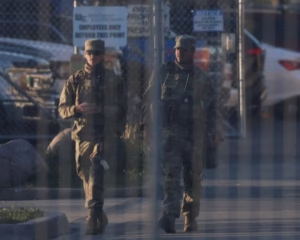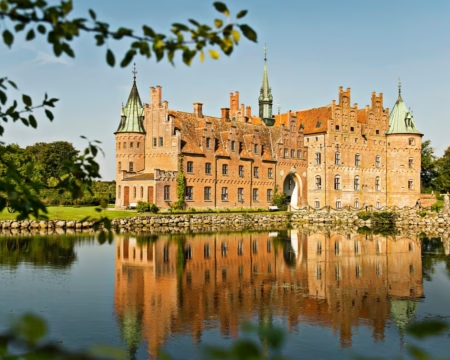Thousands of tourists who chose Scandinavia this summer to escape the scorching heat in southern Europe were instead met with record-breaking temperatures. The trend of “coolcations,” where travelers visit cooler northern regions to avoid intense summer heat, led many to Sweden, Norway, and Finland. However, July brought some of the hottest days ever recorded in these countries, turning expected relief into a heatwave shock.
In northern Sweden, the town of Haparanda saw temperatures of 25°C or higher for 14 days in a row. Jokkmokk experienced over 15 consecutive hot days, something not recorded in more than a century, according to the Swedish Meteorological and Hydrological Institute. Norway faced similar conditions. Nationally, July was the third warmest month since records began in 1901, with average temperatures rising 2.8°C above the seasonal norm, the Norwegian Meteorological Institute reported.
Finland also endured extreme heat. The Finnish Meteorological Institute confirmed that the country faced 22 straight days with temperatures above 30°C, the longest stretch since 1961. Between July 12 and 25, Finland recorded its hottest two-week period ever. Even Rovaniemi, a town located north of the Arctic Circle and known as the home of Santa Claus, saw temperatures soar above 30°C.
Travelers expecting a mild, refreshing escape were not ready for such heat. Moussaab El Bacha, who lives in Stockholm, described how his parents from Morocco were stunned by the unexpected temperatures. They had planned a trip to avoid the North African summer heat, but instead, they found similar conditions in Sweden. El Bacha said they kept asking whether they had landed in southern Spain instead of Scandinavia.
The high temperatures have led to health concerns across the region. In southeastern Finland, the city of Joensuu opened an ice rink to offer people a place to cool off. Mikael Ripatti, head of North Karelia’s regional healthcare services, said emergency rooms had become crowded with patients suffering from heat-related symptoms. He explained that the goal was to give residents and tourists a cool space if their homes were too warm. Other cities across the country opened public cooling centers. In Helsinki, one store even allowed people to lie down near its refrigerated shelves for relief.
Climate researchers say this trend is part of a larger global pattern. The Arctic is warming at a much faster rate than other parts of the world. Europe, as a whole, has seen the fastest rise in temperature per decade since 1990, with Asia close behind, according to the U.S. National Oceanic and Atmospheric Administration. Norwegian climate scientist Ketil Isaksen said that such prolonged and widespread heat across the country is unusual. He noted that these types of events are becoming more likely as climate change continues to affect global weather patterns.
In many parts of Scandinavia, “tropical nights,” where the temperature does not fall below 20°C, are becoming more frequent. Finnish climate expert Hannele Korhonen said that while heatwaves have occurred in the past, climate change is now pushing temperatures beyond dangerous limits more often. She added that heatwaves are becoming more intense, longer, and harder to predict.
Swedish meteorologist Sverker Hellström emphasized the need for detailed studies to fully understand how climate change contributed to this summer’s heatwave. Still, he pointed out that the number of extreme heat events has clearly increased and will likely continue to rise.
As global temperatures climb, popular travel trends may change once more. Scandinavia, once a reliable destination for cool summer breaks, is no longer guaranteed to offer relief from the heat. Tourists seeking mild weather may have to adjust their expectations and prepare for high temperatures — even in places once known for their chill.







